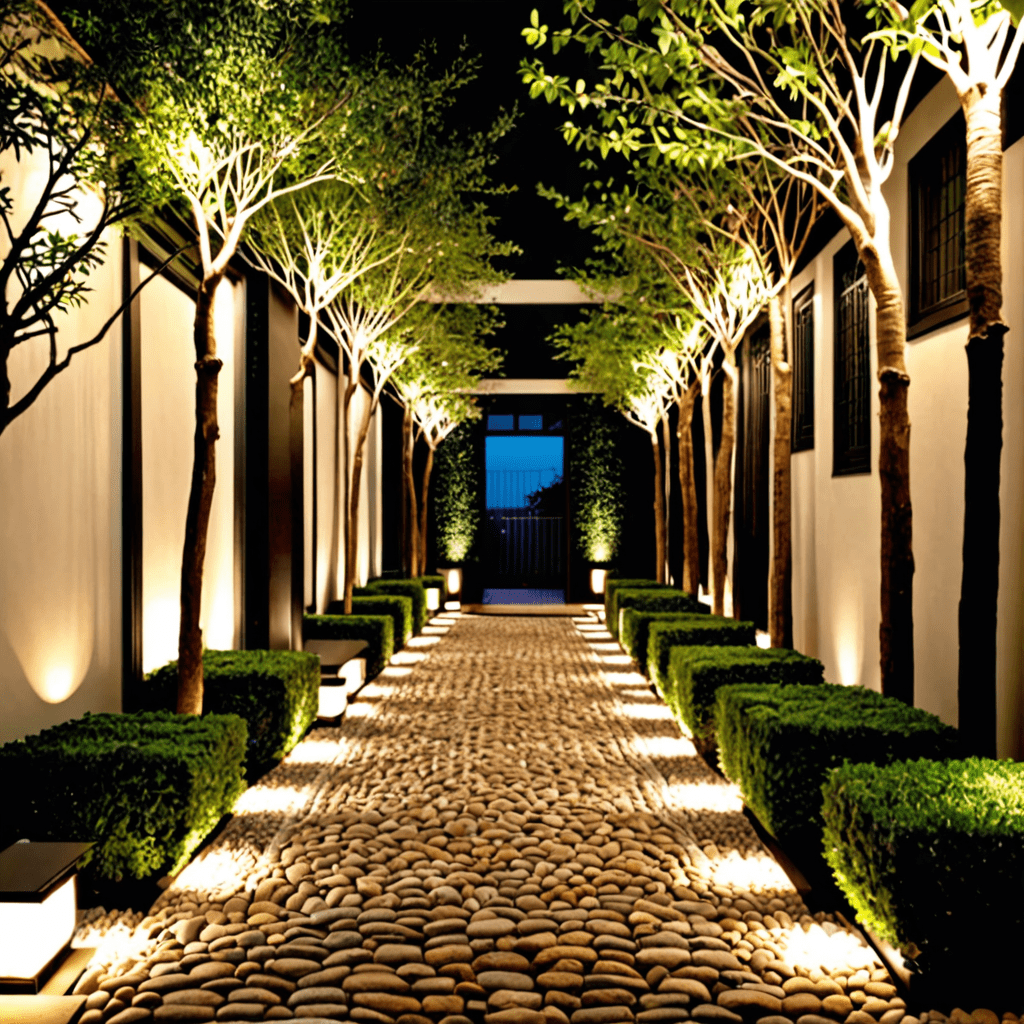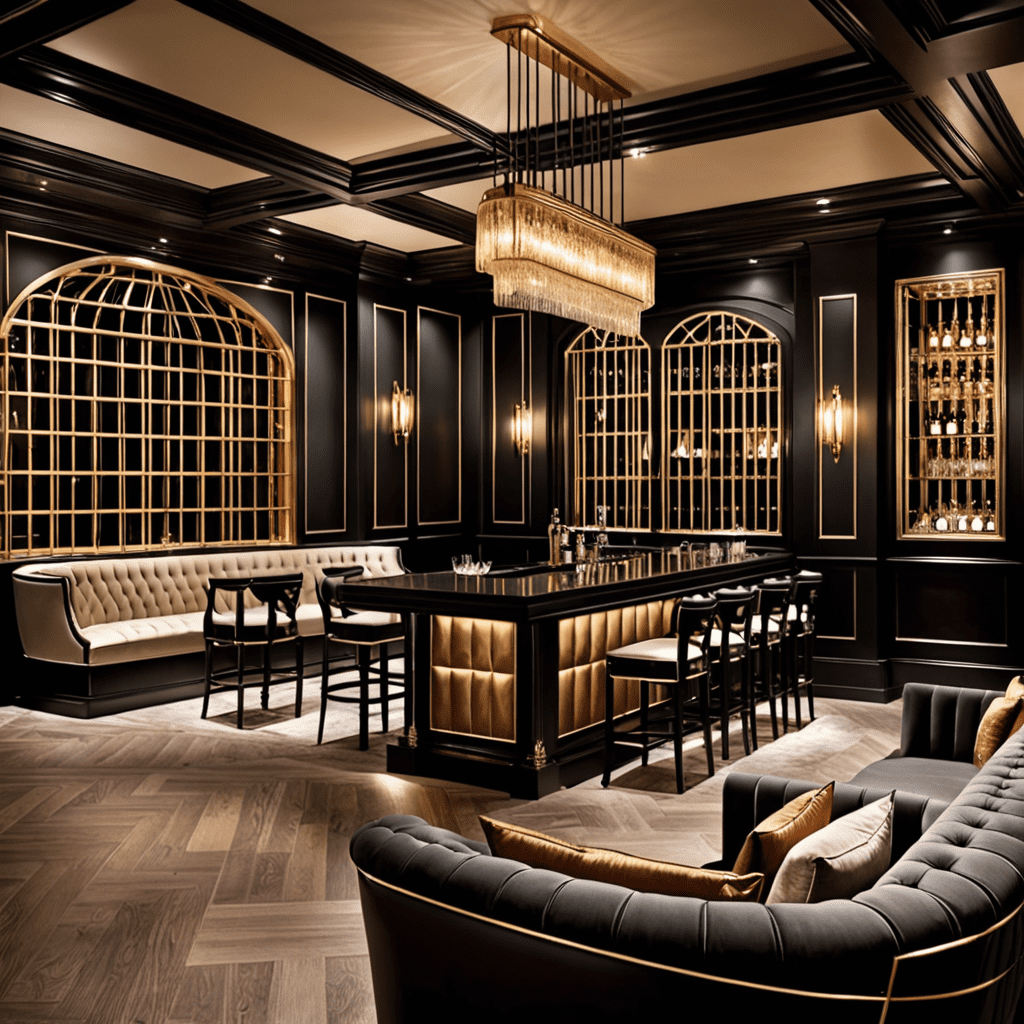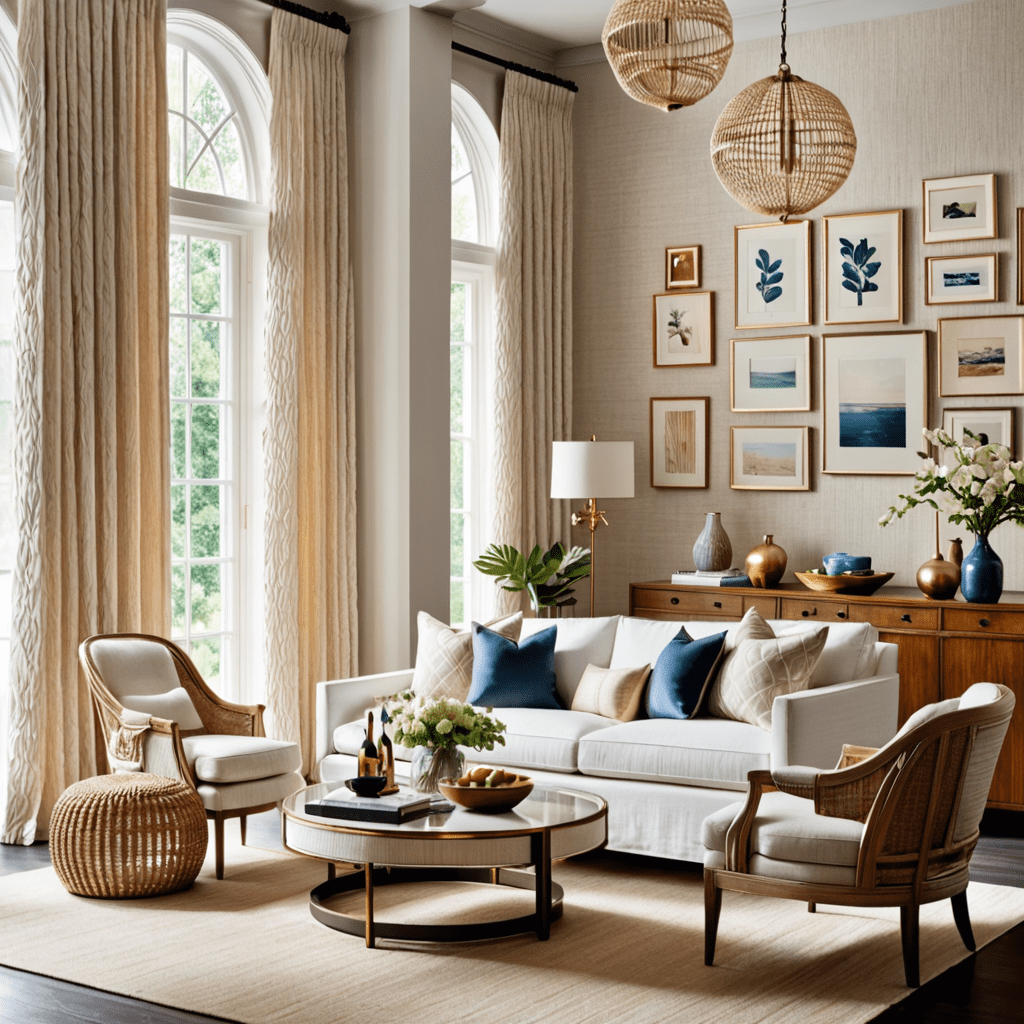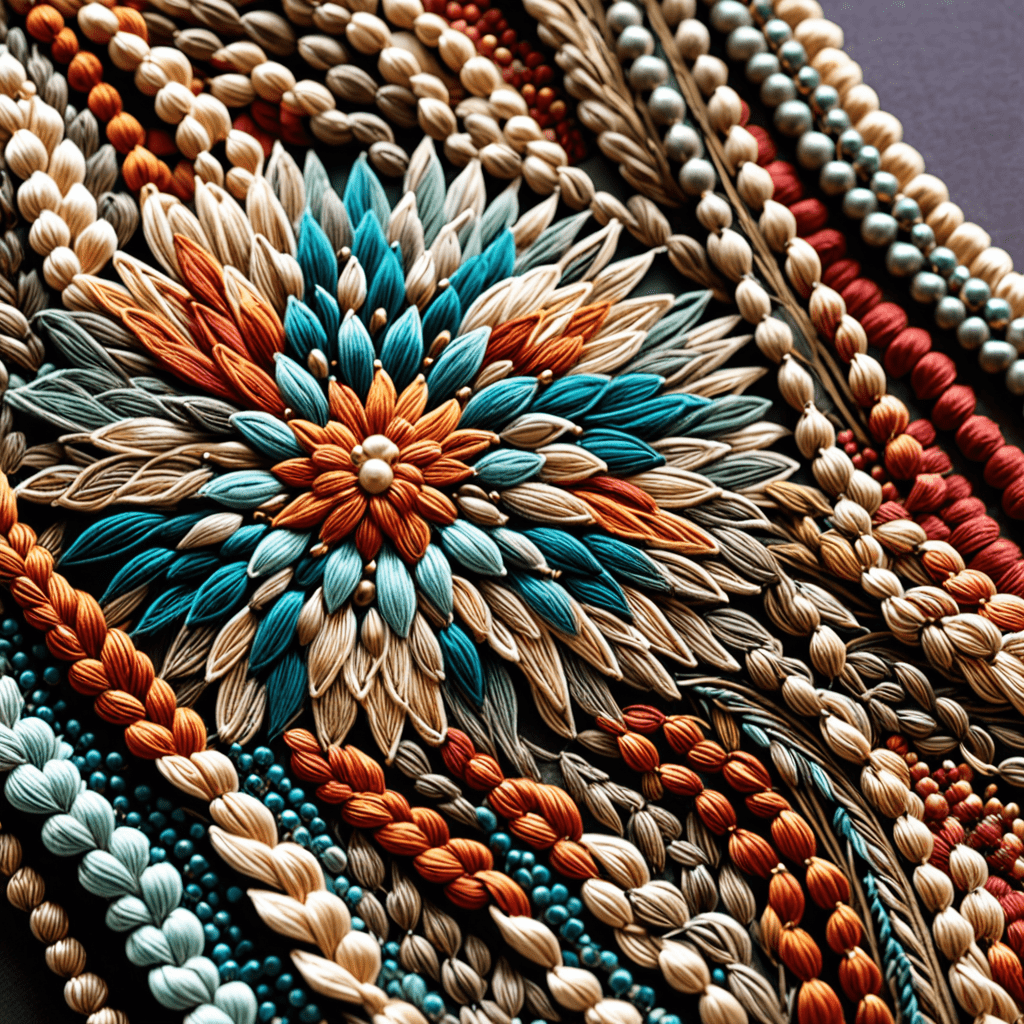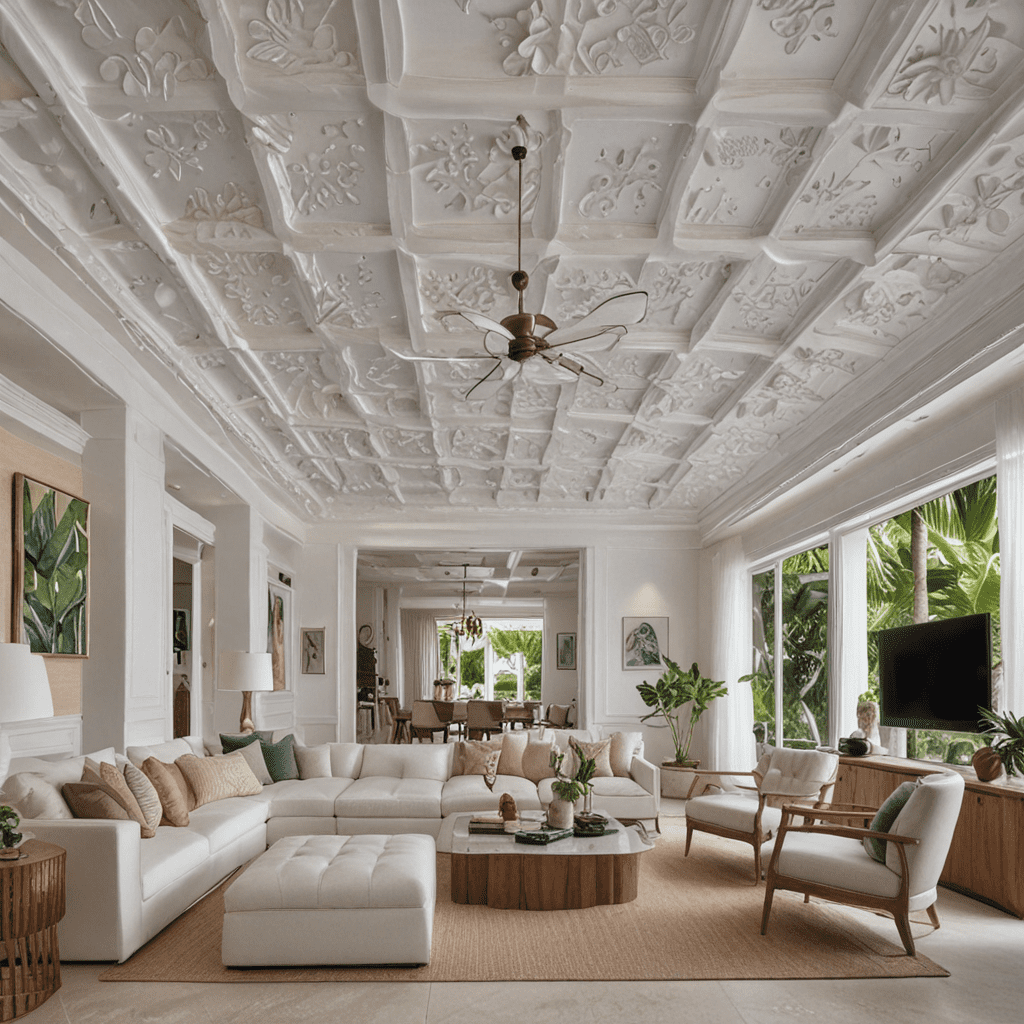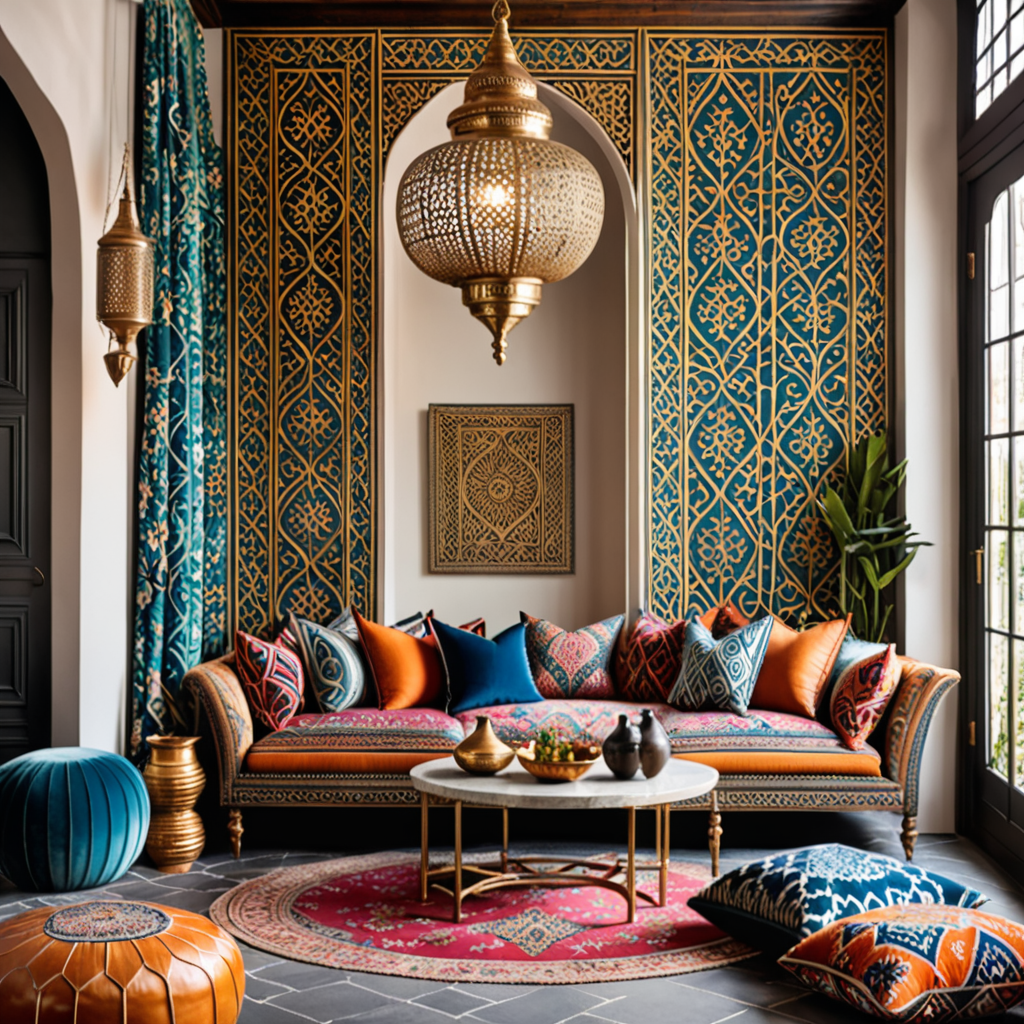„Sustainable Interior Design: Creating a Healthier Home for You and the Environment”
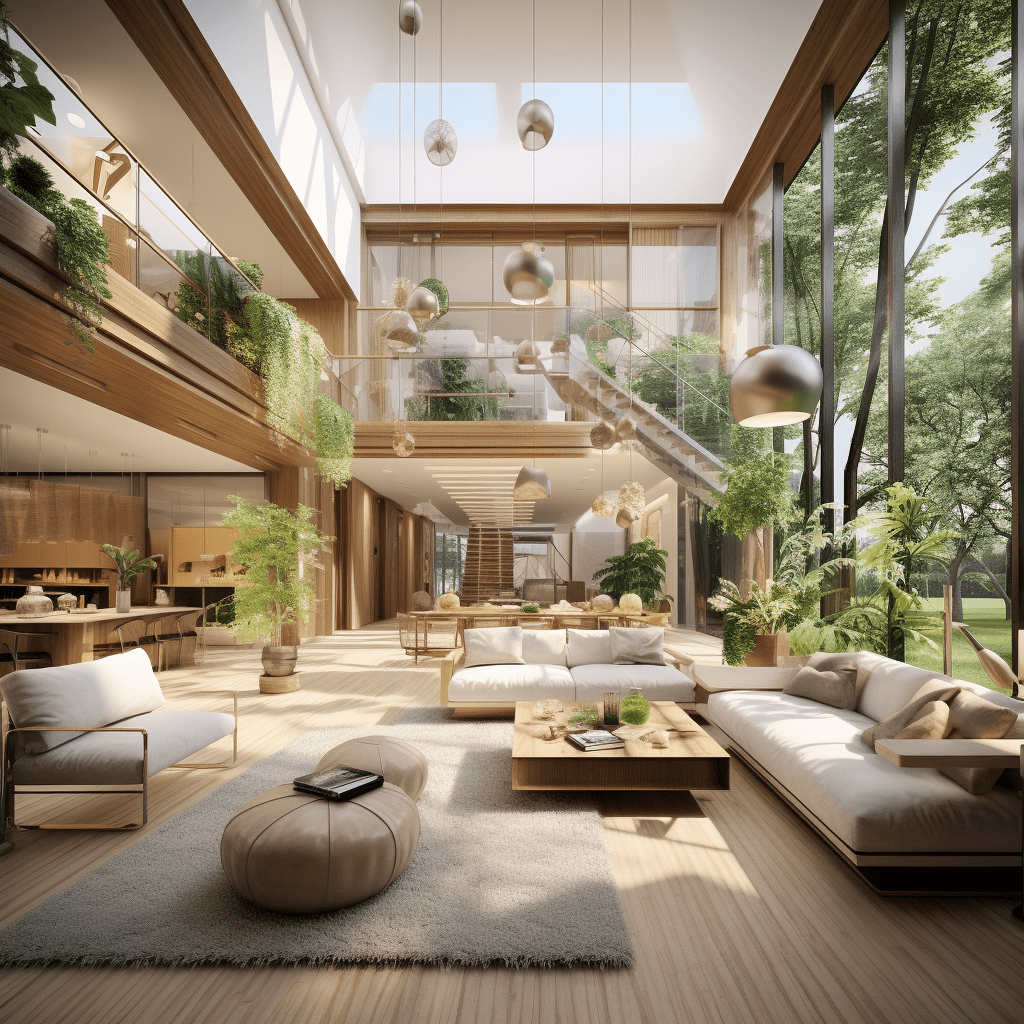

Sustainable Interior Design: Creating a Green and Beautiful Space
In today’s world, sustainability has become a pressing concern. From our daily lives to the larger environment, every aspect of our choices has an impact. When it comes to interior design, choosing sustainable practices can not only beautify your space but also contribute to a healthier planet. In this article, we will explore the concept of sustainable interior design and provide tips on how to create a green and beautiful space.
Understanding Sustainable Interior Design
Sustainable interior design is centered around the idea of creating spaces that are environmentally friendly, energy-efficient, and socially responsible. It involves designing with a focus on reducing environmental impact, using eco-friendly materials, and maximizing energy efficiency. It also considers the well-being and health of the occupants by incorporating natural elements and promoting a connection with nature.
Benefits of Sustainable Interior Design
There are numerous benefits to embracing sustainable interior design in our homes and workplaces. Let’s take a look at some of the key advantages:
1. Environmental Preservation
One of the primary benefits of sustainable interior design is its positive impact on the environment. By using eco-friendly materials, minimizing waste, and reducing energy consumption, we can actively contribute to preserving the planet and its resources.
2. Health and Well-being
Sustainable interior design prioritizes the well-being of its occupants. By incorporating natural materials, maximizing natural light, and improving indoor air quality, it helps create healthier spaces for living and working.
3. Energy Efficiency
Efficiency is crucial in sustainable interior design. By utilizing energy-saving appliances, optimizing insulation, and incorporating smart technologies, we can significantly reduce our energy consumption and lower our carbon footprint.
4. Cost Savings
While sustainable materials and products may have higher upfront costs, they often prove to be more cost-effective in the long run. Energy-efficient practices and appliances can lead to reduced utility bills, and durable eco-friendly materials can save money on maintenance and replacements.
Incorporating Sustainable Elements in Your Design
Now that we understand the importance and benefits of sustainable interior design let’s explore some practical ways to incorporate these elements into our spaces:
1. Choose Eco-friendly Materials
Opt for materials that are non-toxic, renewable, and responsibly sourced. Look for certifications such as Forest Stewardship Council (FSC) for wood products or Cradle to Cradle Certified™ for various materials. Consider alternatives like bamboo or cork flooring, reclaimed wood, and recycled glass for a sustainable touch.
2. Embrace Natural Light
Maximize the use of natural light in your design to reduce the need for artificial lighting. Large windows, skylights, and light-colored walls can help create a bright and inviting space. Utilize window coverings that allow for both privacy and light control.
3. Improve Indoor Air Quality
Air quality is vital for a healthy living environment. Choose low VOC (Volatile Organic Compounds) paints, adhesives, and sealants that emit fewer toxins. Incorporate indoor plants that naturally purify the air and create a calming atmosphere.
4. Efficient Energy Consumption
Invest in energy-efficient appliances, such as ENERGY STAR-rated products, that reduce electricity usage. Optimize the use of natural ventilation and consider installing a smart thermostat to regulate indoor temperatures intelligently.
5. Minimize Waste
Design with waste reduction in mind. Choose furniture and decor made from recycled or upcycled materials. Avoid purchasing unnecessary items and try to donate or recycle old furniture instead of sending it to the landfill.
6. Emphasize Sustainable Furnishings
When selecting furniture, opt for pieces made with sustainable materials like responsibly sourced wood or recycled materials. Look for eco-friendly certifications such as Global Organic Textile Standard (GOTS) for textiles or Fair Trade certification for socially responsible products.
Sustainable Interior Design FAQs
1. How does sustainable interior design benefit the environment?
Sustainable interior design reduces the carbon footprint by using eco-friendly materials, minimizing waste, and conserving energy. It helps preserve natural resources and promotes a healthier planet.
2. What are some examples of eco-friendly materials in sustainable interior design?
Examples of eco-friendly materials include bamboo or cork flooring, reclaimed wood, recycled glass, and low VOC paints.
3. How can natural light be maximized in sustainable interior design?
Maximize natural light by incorporating large windows, skylights, and light-colored walls. Utilize window coverings that allow for both privacy and light control.
4. How can sustainable interior design contribute to healthier indoor air quality?
Sustainable interior design promotes healthier air quality by using low VOC paints, adhesives, and sealants. It also incorporates indoor plants that naturally purify the air.
5. What are some energy-efficient practices for sustainable interior design?
Energy-efficient practices include investing in ENERGY STAR-rated appliances, optimizing natural ventilation, and using smart thermostats to regulate indoor temperatures intelligently.
6. How can waste be minimized in sustainable interior design?
Minimize waste by choosing furniture and decor made from recycled or upcycled materials. Donate or recycle old furniture instead of sending it to the landfill.
By incorporating sustainable interior design practices into our spaces, we can create a harmonious blend of style, functionality, and eco-consciousness. Let’s embrace the power of design to contribute to a green and beautiful future.
